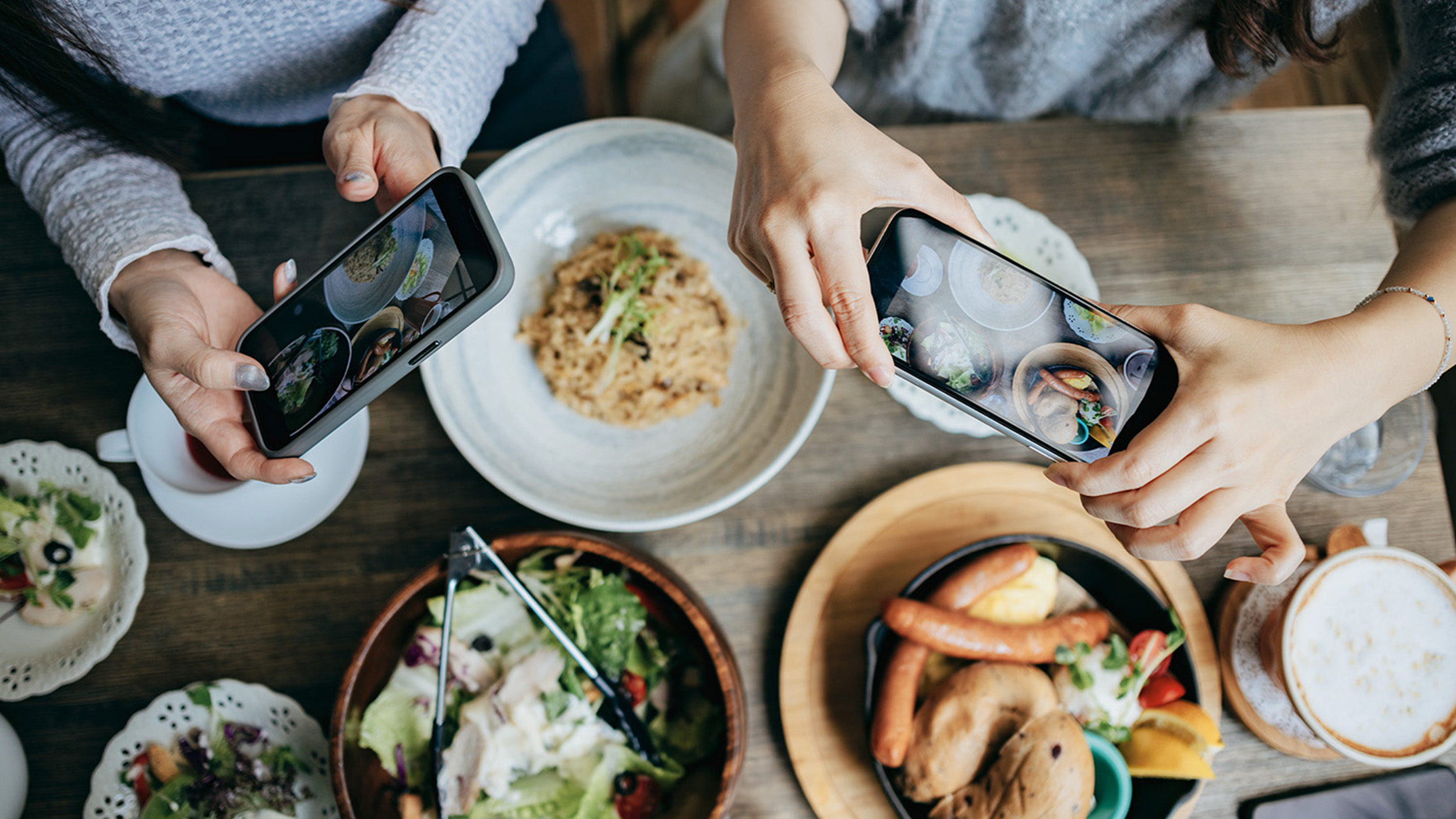Rob Molke | PR Supervisor
Claire Norton | PR Supervisor
This month, dig into what’s now and what’s next in food and beverage, including an overview of lab-grown meat, a recap of the Summer Fancy Food Show and the hottest current food trends on social media.
Summer’s Most-Anticipated (Petri) Dish
While everyone awaits the biggest movie release date of the year this Friday, the food world is already in the midst of its own Barbenheimer-level buzz. The star? Cultured meat, also referred to as lab-grown or cultivated meat.
Tell me more. In June, the U.S. Department of Agriculture granted approvals to two companies — Upside Foods and Eat Just — to sell meat and poultry in the U.S. Both companies already received the stamp of approval from the U.S. Food and Drug Administration for their cultured chicken products, a.k.a. deemed safe for human consumption. In fact, Upside Foods wasted no time following USDA approval and partnered with Michelin-starred Bar Crenn to serve its cultured chicken as part of a dish on its menu starting July 1.
What is cultured meat? No, it’s not Frankenstein’s distant cousin. Cultured meat is meat grown using cells from a living animal, fertilized egg or a special bank of stored cells in a bioreactor. Singapore is the first country to commercialize cultured meat; however, with the U.S. moving ahead with commercialization, the rest of the world will likely follow suit.
The pros and cons? As the global population increases and climate change intensifies, many tout the sustainability and economic potential of cultured meat. Producing cultured meat can significantly reduce CO2 emissions and the use of natural resources compared to livestock farming. Animal rights activists also herald the nearly ‘slaughter-free’ innovation and industry experts cite better food safety when handling a product created in a controlled environment.
Cultured meat still has a way to go to prove its sustainability claims. Recent analyses of cultured meat production show high levels of CO2 emissions, largely due to the amount of energy it takes to produce such a product. Scaling the production of cultured meat will also take time, meaning the current supply will break the (lab-grown) piggy bank. Plus, who could forget the biggest problem facing the alternative meat industry today — will meat created in this way be perceived by consumers as a healthy alternative?
Given the hefty price tag and lack of scale, don’t expect to see cultured meat products on local grocery store shelves in the near future. In the meantime, we’re watching developments closely to see if lab-grown meat will reach its sustainability potential and increase production quickly enough for affordable, mainstream consumption.
Summer Fancy Food Show: Spice, Spice BABY!
Last month, more than 30,000 members of the specialty food and beverage industry convened in New York City for the Summer Fancy Food Show — and it was spicy! Not only was registration up 20% from 2022, an unsurprising stat as in-person events make a resilient comeback, but spice brought the heat to the showroom floor. AI even found a way into the inferno (of course it did) with the launch of Dave’s Gourmet Chil-AI, a hot sauce using an AI-generated recipe to celebrate the company’s 30th anniversary.
From new hot sauces and condiments to pasta sauces (ahem, THE Carbone releasing a bottled version of the world-famous Spicy Vodka Sauce), peppered products delighted attendees, in addition to a few other notable trends like premium pastas, global flavors and the continued rise of plant-based food.
Hot Social Media Food Trends: Cottagecore
In case you haven’t curd, cottage cheese has had a chokehold on TikTok as of late. While cottage cheese is certainly a divisive food, recipe creators have been making it more approachable by creatively using this high-protein dairy product as a recipe ingredient – blending into everything from ice cream to pasta sauces.
In addition to high-protein recipes, the cheese has also been getting lots of attention thanks to wellness and nutrition influencer, Tiffany Magee, who can be found crunching on her lunches (which are typically comprised of hearts of palm or chicken apple sausage dipped in cottage cheese and mustard) with users on camera.
This influencer’s holistic diet has inspired many others to make eating whole foods a priority and started a phenomenon (dare we say meme) on the short form video platform, opening a unique opportunity for food brands to jump on board.
Whether you’re a better-for-you food brand wanting to hop on the cottage cheese recipe carriage, be included in a “crunchy lunch” or you are an indulgent treat brand looking to take part in the viral trend in a satirical way, it’s apparent that #cottagecore is for everyone.
Need help or advice on marketing your product that’s transforming the future of food? Get in touch here.
Stay hungry!
